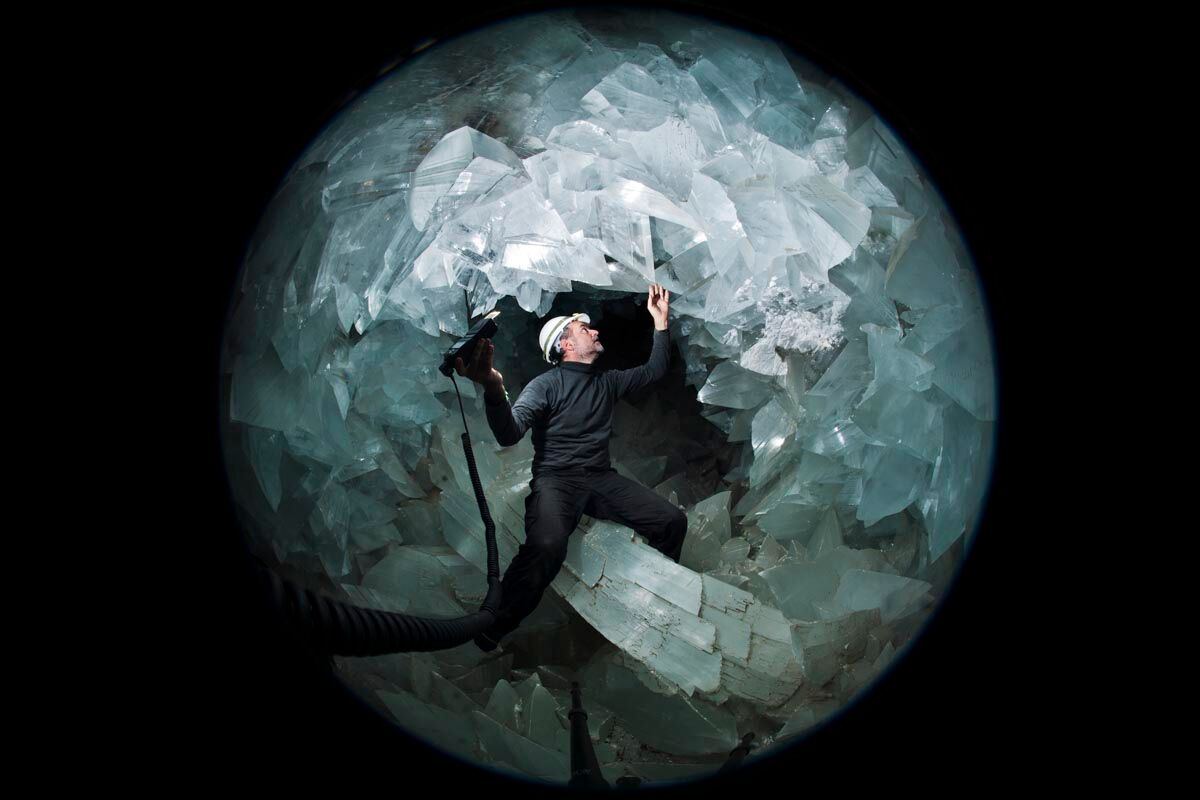When you purchase through links on our web site , we may realise an affiliate commission . Here ’s how it lick .
Predicting the feast of dead zones on the seafloor could get easier if scientists have intercourse what to look for in marine life behaviour . Their solution : Create a petite , unreal all in zone that simulates how bottom dwellers contend for natural selection in an oxygen - deprived surround .
A small Plexiglass chamber assume what happens in real utter zone , where dying marine liveliness litter the seafloor aftersuffering oxygen starving . Researchers placed the experimental mental faculty at the bottom of the Adriatic Sea off the coast of Slovenia .

Test deployment of Experimental Anoxia Generating Unit in shallow (12 m) depth. Crossbar (top center) between the two brackets serves to lift and transport the lid as well as an attachment site for buoys to provide neutral buoyancy.
The squad then record how marine living struggled with their fate about 79 feet ( 26 metre ) below the ocean surface , and made a catalogue of behaviors that could more well provide word of advice signs aboutfuture dead zone .
" Our glide path would grant any camera system ( script - held or sent down on a cablegram or attached to a remote - operated - vehicle ) or divers to observe the bottom and come to conclusions without expensive sensor engineering , " enounce study researcher Michael Stachowitsch , a nautical biologist at the University of Vienna in Austria .
By contrast , expensive electronic sensors typically do n’t even gauge oxygen floor at the bottom of the sea where much maritime life story exists , Stachowitsch noted . He added that deploy oceanographic buoy also represents a cost - intensive attempt , which involves technician , and servicing and satellite fees .

Test deployment of Experimental Anoxia Generating Unit in shallow (12 m) depth. Crossbar (top center) between the two brackets serves to lift and transport the lid as well as an attachment site for buoys to provide neutral buoyancy.
Inside the deadened zone
In any character , maritime biologist want better monitoring of numb zones , where dissolved oxygen in bottom amnionic fluid is very low to zero , around the world . contamination and warming sea have already lead to dead zone cover a combined domain about the size of Wyoming .
Such areas often arise because of nutrient overspill from plant food that can lead to an detonation of alga flush . The algae eventually expire and attracts bacteria that end up using most of the oxygen provision , which triggersmass death in the water .

research worker from the University of Vienna , the University of Angers in France and the University of Ghent in Belgium want to study the phenomenon outside of the laboratory . They issue forth up with the idea of a deployable experimental mental faculty in 2005 , and have since successfully used it in their latest research .
The Experimental Anoxia Generating Unit ( EAGU ) creates oxygen deprivation by sealing off a three-dimensional volume almost 20 inches ( 50 cm ) on each side . Its Plexiglass lid holds a time - lapse digital tv camera that takes image every six minutes , and also contain sensors that measure O level and pH ( the level of acidity of the water system ) every minute .
Researchers gathered at the Marine Biology Station in Piran , Slovenia , to deploy the boxy gimmick . Two divers correct up the EAGU so that it could monitor its artificial dead zona for up to five days at a time .

" In the research lab , you could put an beast into a glass jar and register its reactions to throw away oxygen value , " Stachowitsch said in an e - mail . " This will tell you very little about what that animal might actually do in the substantial surround , or what might happen to it in the model of the ring community . "
In one causa , the squad discovered that creatures less sensitive to oxygen deprivation , such assea anemones , could consume more sensitive creatures such as brittle stars – at least for a sentence before oxygen levels cast below what any organism could tolerate .
Under the ocean

The early efforts have compensate off so far , despite difficulties working underwater with delicate instruments .
" This is not a theoretical approach or a desk line , " Stachowitsch said . " The depth is rather deep for even SCUBA work , and the profile is piteous at the bottom , and we are at the mercifulness of wind and waves . "
But such piece of work becomes necessary if scientists desire to empathize how certain ecosystem do the greater marine ecology , Stachowitsch enounce . For example , the bottom eater , such as mussel , sponge , brittle stars and sea anemone , typically filter piss and remove speck offood , and their loss can lead to more deaths among marine life .

mankind also need to visualise out the value of such ecosystem , and how much it might cost to replace them with technical solutions if the born organisation collapses , grant to Stachowitsch .
" Today , everyone is mouth about bacterium , viruses , genomics , proteomics … but is noesis about these things going tosave our planet andsave us ? " Stachowitsch say . " As interesting intellectually as many of these topics are , my resolution is an emphatic ' No . ' "














